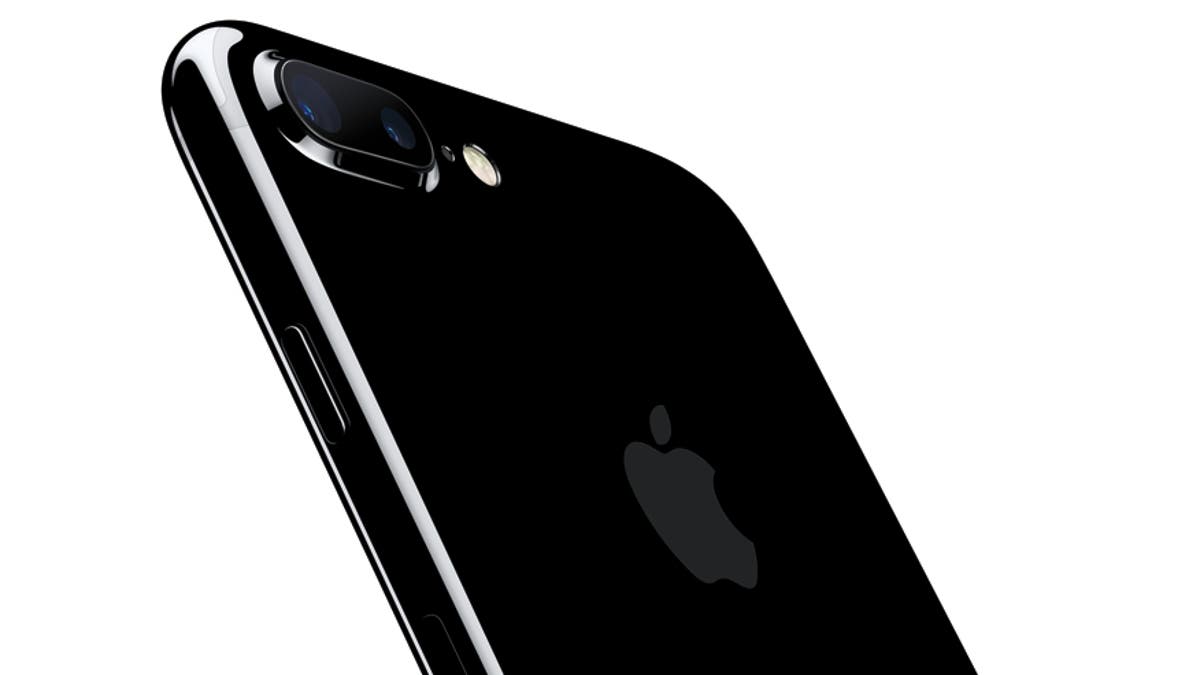
(Apple)
Apple's iPhone 7 and iPhone 7 Plus are the best-selling smartphones in the world by a significant margin, regardless of whether or not sales are measuring up to analysts' guesstimates. Apple's manufacturing partners still haven't even come close to building enough iPhone 7 Plus supply to meet demand, and the smaller iPhone 7 is thought to be selling quite quickly as well. Strong iPhone 7 and 7 Plus sales are even more impressive when you consider the fact that Apple reused the same hardware design for a third consecutive year in 2016 -- people still want to upgrade to these powerful new iPhones even though they look almost identical to iPhones released all the way back in 2014.
Now, imagine what demand will be like if Apple releases a completely redesigned iPhone 8 with a new curved OLED display.
DEAL ALERT: The best Cyber Monday sale of the season is happening right now!
The Wall Street Journal published a lengthy report on Monday morning suggesting that Apple might launch a new iPhone in 2017 with a curved OLED display. Unfortunately, there aren't many firm details in the report, despite its length.
More From BGR
A few claims stand out. First, WSJ says that Apple is currently testing more than 10 different prototypes for next year's new iPhone 8, and it has not yet decided which new design will be featured on the final version of the phone. According to the paper's sources, at least one of the 10+ prototypes in testing features a curved OLED display, but it's not clear if that is the version of the iPhone 8 that will debut next year.
Apple has supposedly asked its suppliers to increase OLED output, and it has also requested prototypes of OLED screens that feature "better resolution than ones from Samsung," in an effort to "differentiate its models." This claim sounds dubious at best.
Samsung's current OLED panels feature 2K resolution. It's entirely possible that Apple is testing higher-resolution screens for its next iPhones, but there is no chance that the motivation behind upping the resolution of its displays has anything to do with Samsung or its phones. Apple has stayed with comparatively low-resolution displays on its recent iPhones -- 720p on the iPhone 7, 1080p on the iPhone 7 Plus -- because on displays of this size, pixel count doesn't have a huge impact on image quality once you hit a certain threshold. If Apple is toying with 4K displays, interest surrounding virtual reality applications would be a far more likely explanation.
WSJ also reiterated an earlier report from KGI Securities analyst Ming-Chi Kuo, suggesting that the OLED iPhone 8 will be just one of several new iPhone models that will be released in 2017. Other models will probably still utilize LCD displays, and the OLED iPhone will likely carry a higher price tag.




















